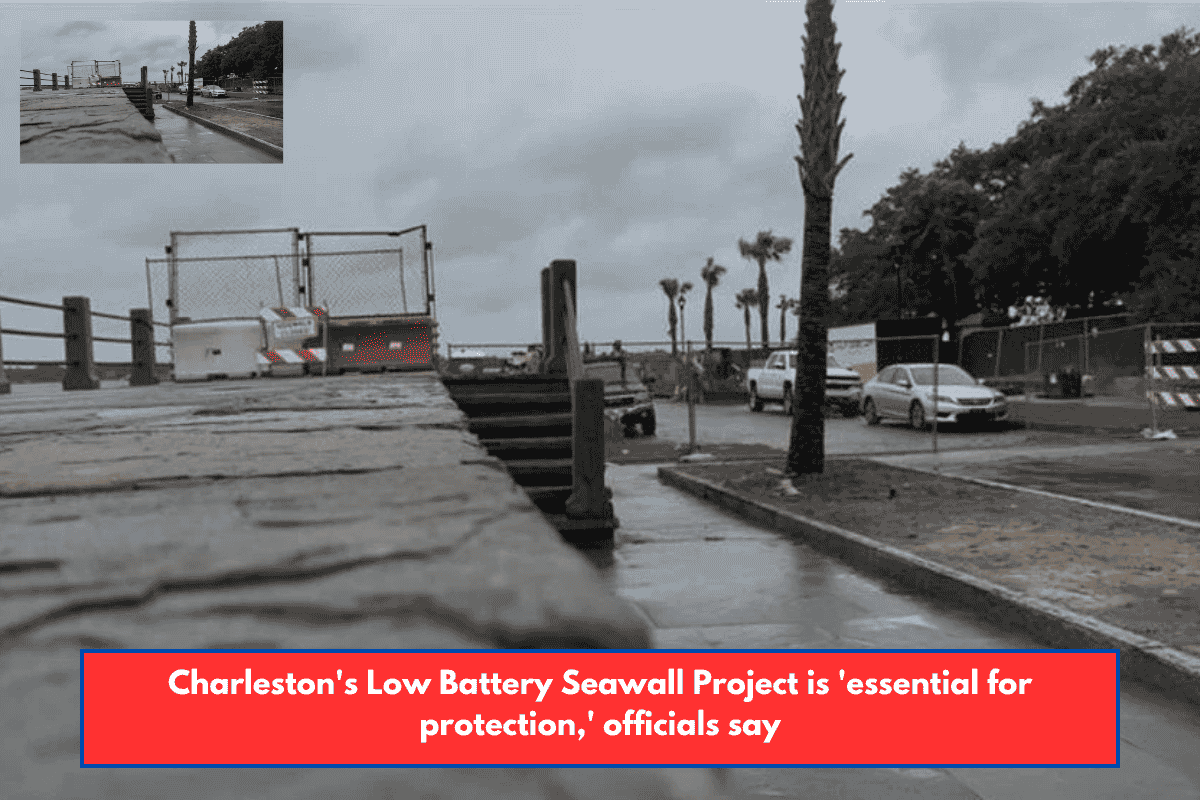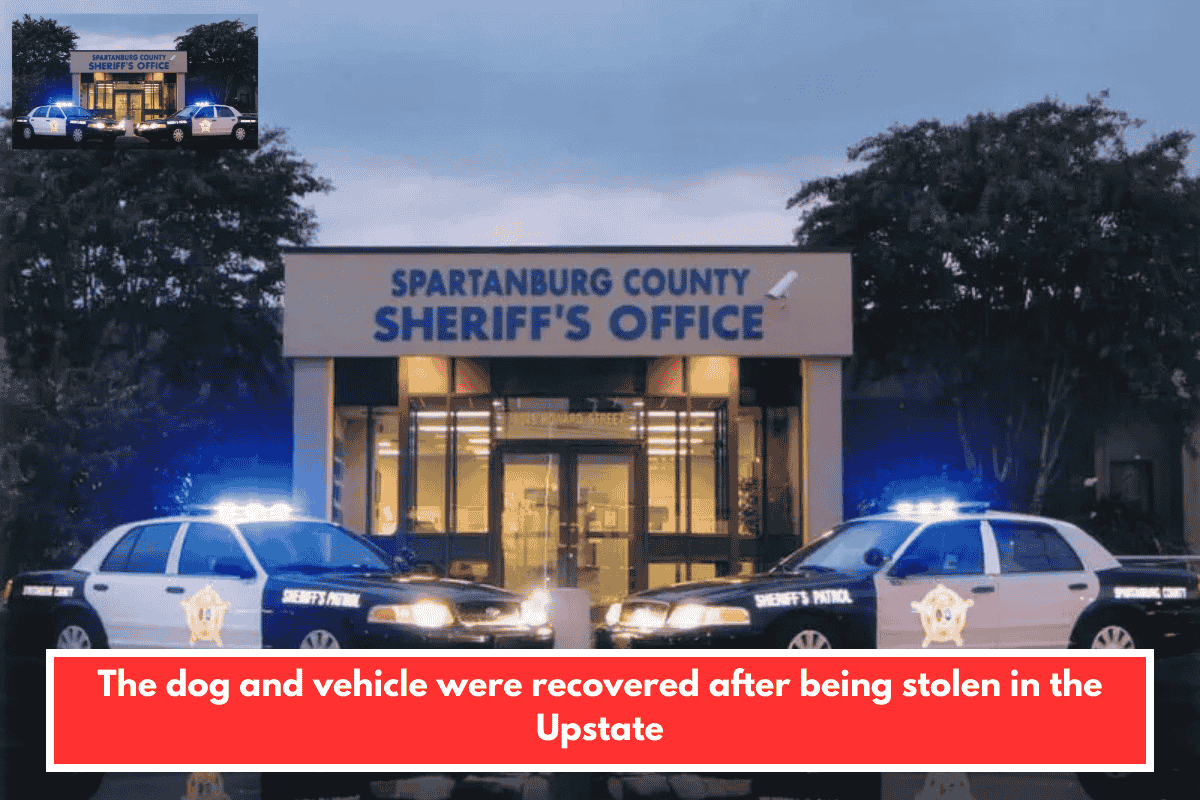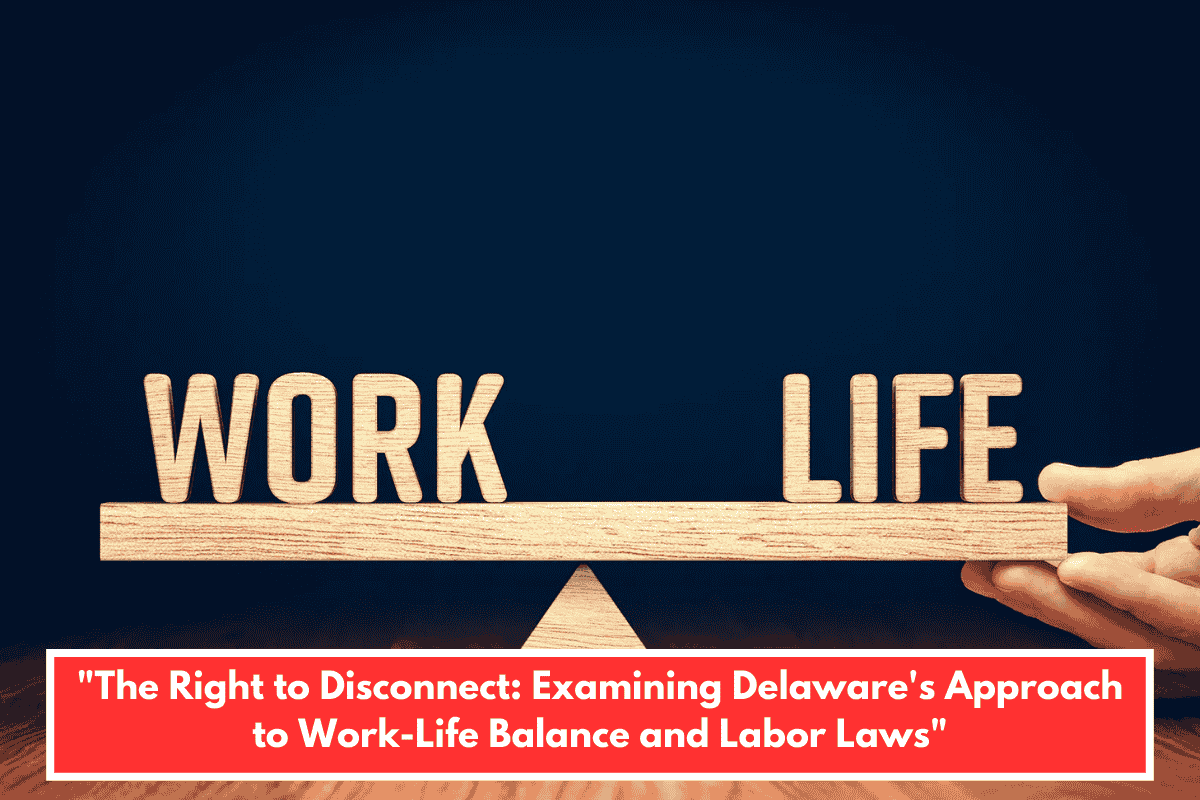Charleston, South Carolina — The $75 million Low Battery Seawall Restoration Project, one of the City of Charleston’ most ambitious infrastructure enhancements in recent memory, is nearly complete.
Now in its final stages, city officials say the changes are critical to protecting downtown Charleston from floods, rising tides, and future storms.
Construction of the seawall began in 2019 and is ongoing block by block. The remaining section, from King Street to Lockwood Drive, is scheduled to take approximately 18 months to complete, with a predicted completion date of 2026.
A wall with history and future.
Built in the early 1900s, the Low Battery seawall has long served as a barrier between the city and Charleston Harbor. However, after more than a century of exposure to tides, storms, and sea-level rise, significant repairs and modifications became essential.
“This project has been done in five phases, and now we’re at the very end,” said District 8 City Councilman Michael Seekings. “We went to fix a wall built in the early 1900s. We’ve raised it two feet across the board—that’s 48,000 feet—and it’s a truly wonderful project. We are far more secure now than we were four years ago, when it was practically crumbling.”
Resilient Design for Resilient Cities
The new design increases the seawall’s height by two feet and strengthens it to withstand heavy storm surges, a growing concern each year. In addition to fortifying the wall, the project includes enhanced drainage and wider sidewalks to increase safety and accessibility.
“The idea is really pretty simple,” said Kaylan Koszela, the City of Charleston’s Director of Resilience. “We’re extending a concept that’s worked for centuries protecting the city from storm surge, tropical storms, hurricanes, and increasingly common tidal events.”
Koszela went on to say that the modifications are intended not only to safeguard homes and businesses, but also to ensure that first responders have access to flooded areas during emergencies. “Even during storms, we need a means for EMS, police, and fire crews to pass through. Infrastructure like this enables that.”
Tourism-funded and built for the future
The entire $75 million renovation is totally sponsored by tourism dollars, which is appropriate for a city that receives over 8 million visitors each year. While construction has caused traffic delays and noise for adjacent homes, city officials feel the long-term benefits exceed the short-term hardship.
“It’s a great project,” Seekings stated. “It gives us confidence during storm season that we’ve got added protection for the people who live in Charleston.”
And the improvements extend beyond resilience. The final design also prioritizes quality of life, including aesthetic renovations and improved walkability to keep Charleston’s renowned waterfront safe, scenic, and accessible.
What’s next?
While the final part of the wall is still under construction, many of the important flood defenses have already been installed. The city intends to reopen the King and Murray intersection before the project is fully completed.
The Low Battery seawall, a piece of infrastructure that has safeguarded Charleston for generations, is being renovated to ensure its continued use for many more.














